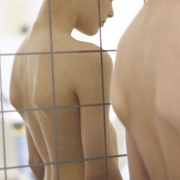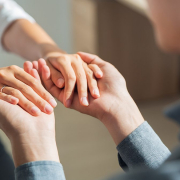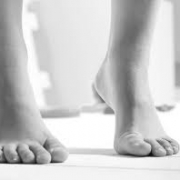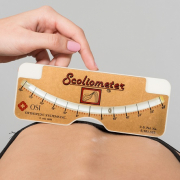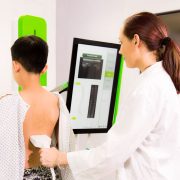I have surgical scoliosis: should I have surgery or not?
In the presence of a curve measuring more than 50 Cobb degrees, scoliosis is termed surgical; this is because there is a very high chance that it will worsen even in adulthood, causing pain, disability and reduced quality of life.
What should be done when surgical scoliosis occurs in infantile (0–3 years) or juvenile (3–12 years) cases?
In the past, infantile and juvenile forms of scoliosis, being typically associated with a high potential for worsening, have always tended to be considered surgical cases regardless. There may be some hope of avoiding surgery, provided the affected individuals adhere to a lengthy period of conservative treatment. This will begin at the onset of the scoliosis and will continue until they have finished growing. Conservative treatment is often recommended in the early stages of scoliosis anyway, even when there is a very high likelihood that the patient will ultimately need surgery. In such cases, this treatment supports the patient until he/she reaches the best age and stage to undergo surgery, and it, therefore, helps to ensure that the surgical treatment will consist of a single and definitive operation.
What should be done when scoliosis is surgical in adolescence (from 10-14 years)?
At this age, the process of bone maturation is not yet complete, and therefore, scoliosis is at a high risk of worsening further. If the patient has never previously tried a valid conservative treatment programme (24-/23-hour bracing combined with specific exercises), then it might be worth trying this approach for a few months, after which, together with the medical specialist, the situation can be reassessed in light of the results obtained. We know that a scoliosis curve classed as surgical but still within 60° can be improved through conservative treatment and get below the surgical threshold in a certain number of cases. While this result cannot be guaranteed, it is worth trying to achieve it.
While this result cannot be guaranteed, it is worth trying to achieve it. It is a very long course of treatment that demands considerable commitment and many sacrifices, but it is essential to remember that it has a beginning and an end: sooner or later, patients are able to get rid of their brace! In any case, young patients and their parents must always be helped to make, as far as possible, an informed choice about the course they wish to follow. To this end, it is important to consider seeking a specialist surgical consultation (which is not the same as deciding to go on a waiting list for surgery!). The decision on whether or not to be treated surgically is a wholly personal one, but in order to make it, patients and families need to be informed of the risks and benefits of the operation; they must also be told about the most innovative surgical techniques available and the post-surgical recovery: how long it will take and what to expect. Given that it is impossible to know beforehand whether the benefits of surgery will be sufficient to justify performing it, only armed with all this information is it possible to make a truly informed decision.
What should be done in the case of surgical scoliosis at 17–20 years of age?
This is the age at which, as bone maturity is reached, the risk of a growth-related worsening of scoliosis disappears. However, the condition may still worsen due to the instability of the curves. It is important to keep in mind that scoliosis surgery is never a life-saving procedure and therefore should never be treated as an emergency. It is always helpful to seek the opinion of a surgeon, but there is no reason, in this situation, why the patient should not choose to wait, taking the time to verify, through periodic checks with his/her medical specialist, the stability, or otherwise, of the situation. Should an evolution of the curve occur, it will still be possible to undertake a specific course of exercises and assess, over time, whether these are sufficient to stop the curve’s progression, before deciding whether or not to opt for surgery.
How should adults with surgical scoliosis be treated?
In adults, the extent of the curve, measured in Cobb degrees, is no longer the main parameter when deciding whether to opt for surgery. When examining X-rays taken in adults, attention is paid mainly to the sagittal plane, given that adults (unlike youngsters) are more likely to develop a more forward-bent posture.
The other parameters to be considered are pain, disability and quality of life. Given that the surgery carries risks, and it is not possible to know in advance whether the benefits of the surgery will be great enough to justify choosing this course of action, in adults it tends to be chosen only in the presence of a highly debilitating level of pain that is seriously compromising the patient’s quality of life. In this case, too, it is possible first to undertake a specific conservative treatment, in order to monitor how, over time, it affects the stability of the curve and the level of pain and disability. In this way, the possibility of surgery can be weighed up in the light of its results.

